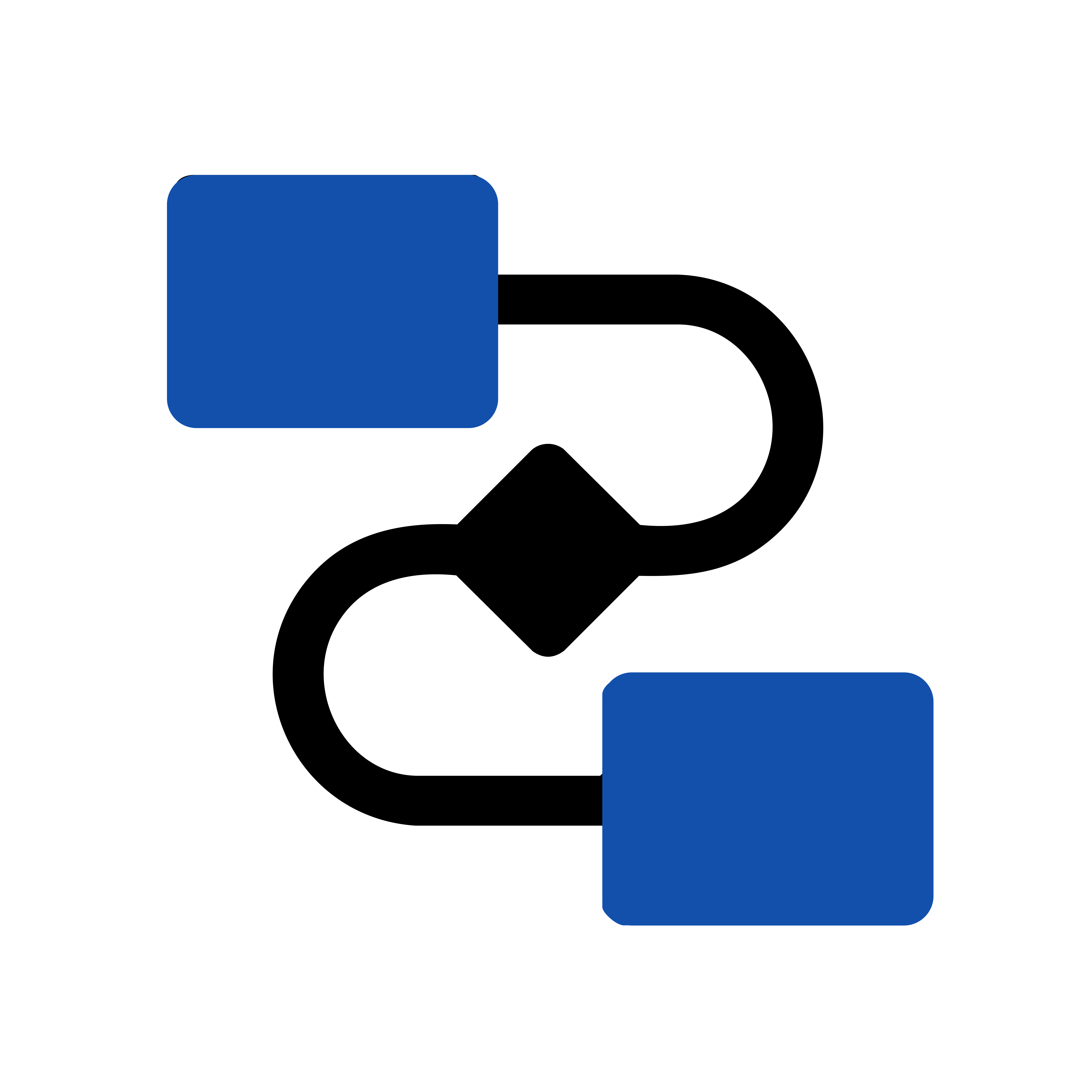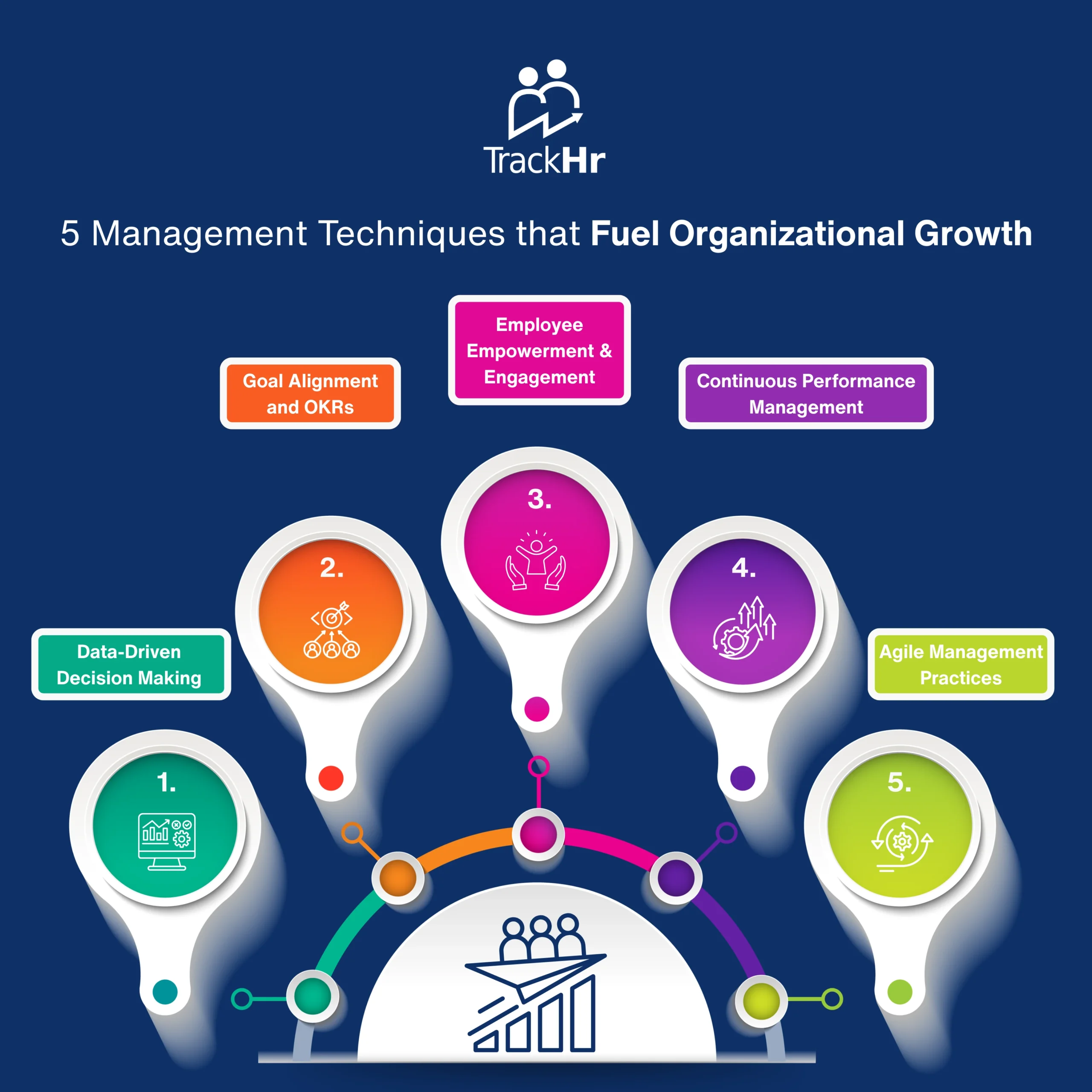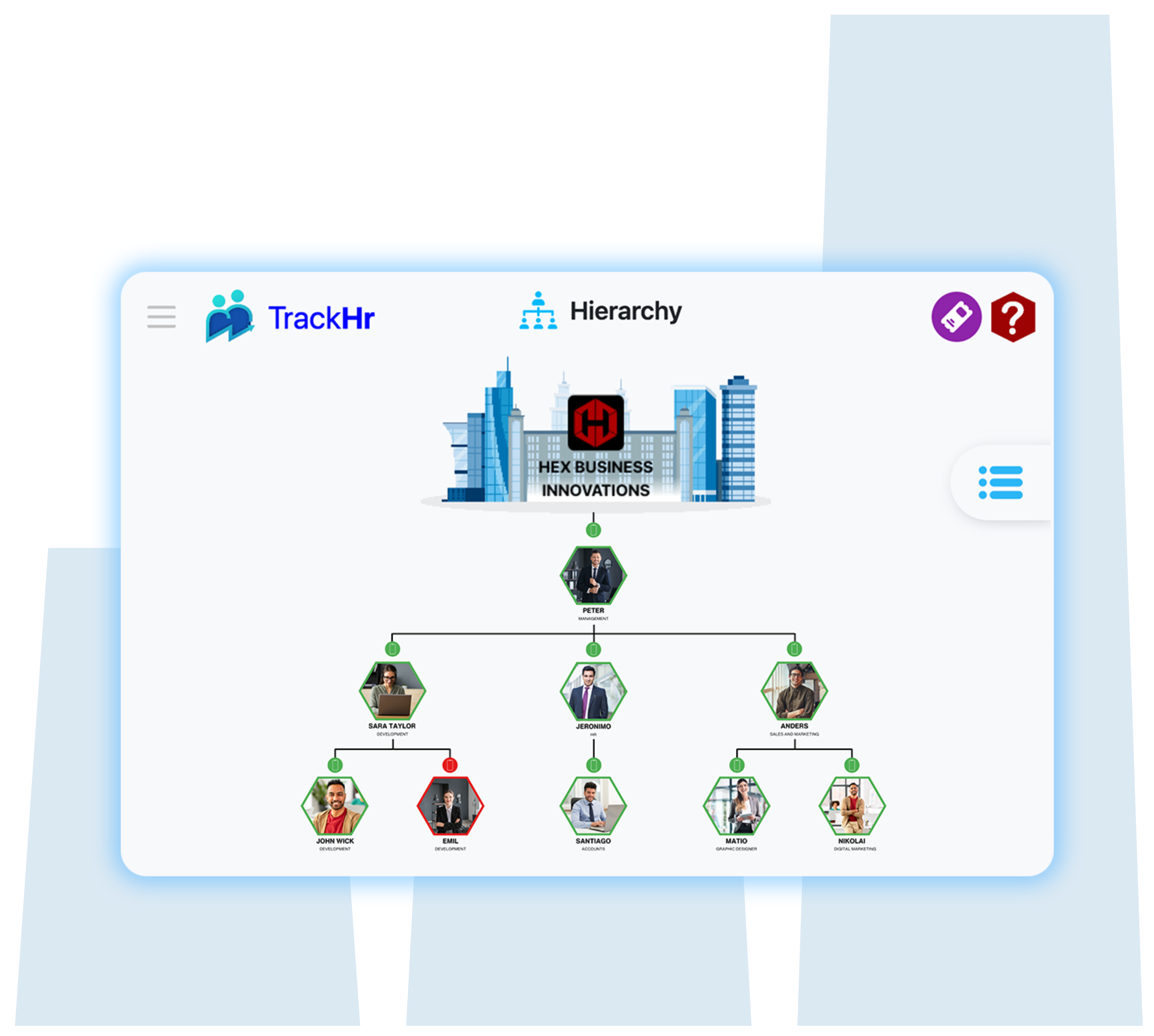Blog
How to Increase Workplace Productivity with Automation
- April 10, 2025
- 11:53 am

In today’s fast-moving business world, workplace productivity is a top priority. Yet, repetitive and manual tasks often drain time and energy. That’s where automation steps in. By integrating the right automation tools and strategies like those offered by TrackHr, businesses can boost efficiency, reduce errors, and give employees more time to focus on high-value work.
What is Workplace Automation?
Workplace automation refers to using technology to perform routine tasks with minimal human intervention. From data entry to customer service, automation can be applied across departments to save time and improve consistency.
Key Benefits of Automation in the Workplace
1. Saves Time on Repetitive Tasks
Automation tools like TrackHr can handle time-consuming duties such as attendance tracking, scheduling, and report generation.
2. Reduces Human Error
Automated systems ensure accuracy and consistency across operations, minimizing costly mistakes.
3. Increases Employee Satisfaction
Freeing employees from mundane tasks allows them to focus on meaningful, strategic work, boosting morale and retention.
4. Improves Collaboration
Freeing employees from mundane tasks allows them to focus on meaningful, strategic work, boosting morale and retention.
5. Boosts Scalability
As your business grows, automation helps maintain productivity without increasing overhead.
Areas to Automate for Higher Productivity
1. Administrative Tasks
Use tools like Zapier, Microsoft Power Automate, or TrackHr to automate workflows, calendar events, and notifications.
2. Customer Support
Implement chatbots and AI-powered help desks (e.g., Intercom, Freshdesk) to answer common questions and route tickets efficiently.
3. Marketing Campaigns
Use platforms like Mailchimp or HubSpot to automate email campaigns, social media scheduling, and lead nurturing.
4. Sales Processes
CRM systems like Salesforce or Pipedrive can automate follow-ups, data entry, and pipeline management.
5. HR and Onboarding
Automate applicant tracking, onboarding tasks, and employee surveys using tools like TrackHr.
Best Practices for Implementing Automation
1. Identify Repetitive Tasks
Start by listing out tasks that are performed frequently and require little creativity.
2. Select the Right Tools
Choose automation platforms like TrackHr that integrate with your existing software and are scalable.
3. Start Small and Scale Gradually
Automate one process at a time and refine before expanding.
4. Train Your Team
Ensure employees understand how to use automation tools and how it supports their work.
5. Monitor and Optimize
Track productivity metrics and regularly assess the effectiveness of your automation strategies.
Conclusion
Boosting workplace productivity with automation is more than just a trend—it’s a strategic necessity. By automating repetitive tasks with tools like TrackHr, businesses can save time, reduce costs, and empower their teams to focus on what truly matters. Start small, choose the right tools, and continuously optimize to reap the full benefits of automation.
Table of Contents
Exhausted from managing performance management manually?









